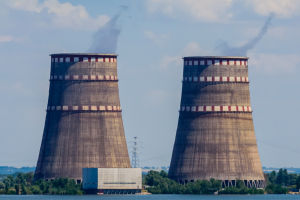A glacier expedition can be a thrilling and unforgettable experience, offering a unique opportunity to explore some of the world's most breathtaking natural wonders.
However, it's important to be aware of the potential dangers and challenges associated with glacier expeditions and to take appropriate precautions to ensure your safety and the safety of others.
One of the most significant risks associated with glacier expeditions is the potential for ice falls and avalanches. These can be triggered by a variety of factors, including warming temperatures, heavy snowfall, and seismic activity.
To reduce the risk of these hazards, it's important to choose a route that is well-known and well-traveled and to check with local authorities or experienced guides for up-to-date information on conditions and potential hazards.
Another potential danger associated with glacier expeditions is crevasses. These are deep cracks or fissures that can form in the ice and can be difficult to see from the surface.
Falling into a crevasse can be extremely dangerous, and may even be fatal. To minimize the risk of falling into a crevasse, it's important to travel with an experienced guide who is familiar with the terrain, and to use appropriate safety equipment, such as ropes and harnesses, to secure yourself while traveling over potentially unstable ground.
In addition to physical hazards, glacier expeditions can also pose a risk to the environment. Glaciers are delicate ecosystems that are particularly sensitive to climate change and human activity.
To minimize your impact on the environment, it's important to follow Leave No Trace principles, such as packing out all of your trash, avoiding disturbing wildlife or vegetation, and staying on established trails or routes.
When preparing for a glacier expedition, it's also important to consider the potential challenges associated with the physical demands of the trip. Glacier travel can be physically demanding, requiring long periods of hiking and climbing in challenging terrain.
To prepare for the trip, it's important to engage in regular physical exercise and to build up your endurance and strength in advance. It's also important to stay well-hydrated and well-fed during the trip, as dehydration and malnutrition can significantly increase the risk of injury or illness.
Another consideration when planning a glacier expedition is the potential for changing weather conditions. Glaciers are often located in remote areas that are subject to rapidly changing weather patterns, and it's important to be prepared for a variety of conditions, including extreme heat or cold, rain, snow, and high winds.
To prepare for changing weather conditions, it's important to bring appropriate clothing and equipment, including waterproof gear, warm layers, and sturdy footwear.
Finally, it's important to be aware of the potential for altitude sickness when traveling at high elevations. Altitude sickness can cause a variety of symptoms, including headache, nausea, dizziness, and fatigue, and can be potentially dangerous if left untreated.
To minimize the risk of altitude sickness, it's important to acclimate gradually to high elevations, drink plenty of fluids, and avoid excessive physical exertion until your body can adjust.
A glacier expedition can be an exciting and rewarding experience, but it's important to be aware of the potential dangers and challenges associated with this type of travel.
By taking appropriate precautions, following established safety guidelines, and staying aware of changing conditions, you can help ensure a safe and enjoyable journey, and make the most of your opportunity to explore these awe-inspiring natural wonders.


